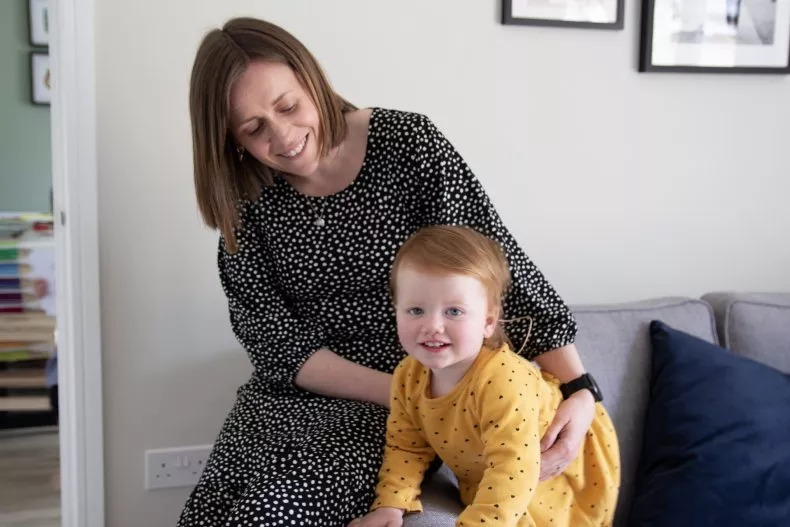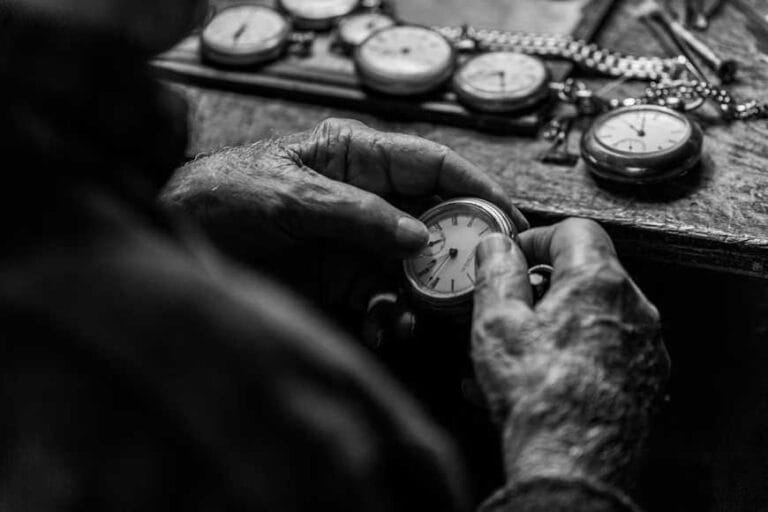Gene therapy restores hearing to a deaf baby

In a stunning medical breakthrough, a deaf baby girl has regained her hearing after receiving an experimental gene therapy treatment as part of a clinical trial. Eighteen-month-old Opal Sandy, from Oxfordshire in the UK, was born completely deaf due to a rare genetic defect that prevented sound from reaching her brain. Now, just months after a single injection, Opal can hear her parents’ voices and respond to sounds like any other child her age.
Opal’s life-changing results are part of the CHORD trial sponsored by American biotech company Regeneron. The trial is investigating whether cutting-edge gene therapies can restore hearing for children born with mutations causing auditory neuropathy, a condition where the inner ear’s sensory cells cannot properly transmit soundwaves to the auditory nerve and brain.
For Opal, the culprit was a mutation in the OTOF gene that disrupted production of the otoferlin protein critical for this signal transmission. Without it, auditory signals could not make the vital final hop into her brain, rendering her profoundly deaf from birth despite normal inner ear function.

The pioneering therapy aims to bypass this genetic roadblock. During surgery, Opal received an injection containing harmless viruses engineered to deliver a correct copy of the OTOF gene directly into her inner ear cells. Within just weeks, her brain could suddenly decode the auditory signals her ears had been sending all along.
“When Opal first heard us clapping unaided, it was mind-blowing,” recalled her mother Jo Sandy. “The clinical team confirmed at 24 weeks that she was picking up softer sounds and speech. They described her hearing as ‘near normal.'”
Prof. Manohar Bance, the trial’s lead investigator, agrees the results have been “spectacular” and exceed expectations. For the first time, a genetic defect causing deafness has been corrected from the inside out.
The landmark trial, spanning sites in the US, UK, and Spain, marks a potential new era in treating genetic hearing loss. Traditional options like hearing aids and cochlear implants can only amplify sounds, not address the underlying biological causes.
“It’s our ultimate goal for Opal to hear all speech sounds,” said her father James Sandy. “It’s making a difference to our lives, like at bath-time when she can’t wear her cochlear implant.”

Opal’s 24-week data reveal the treatment is effective and durable so far. At this week’s American Society of Gene and Cell Therapy conference, trial investigator Dr. Larry Lustig deemedthe results “jaw-droppingly good” and “shockingly impressive.” Regeneron says additional scientific updates will be presented.
The promise of gene therapies for hearing conditions has tantalized for decades. Finally witnessing a young child’s deafness reversed has electrified experts and patient advocates.
“Many families will welcome these developments,” said Martin McLean of the National Deaf Children’s Society. “We look forward to learning about the long-term outcomes.”
If sustained and expanded to more patients, the impacts could be profound. An estimated 1.7 out of every 1,000 children in the US are born deaf or with serious hearing impairment. The specific OTOF mutation affecting Opal is very rare globally, afflicting just 200,000 people. But genetic factors play a role in over half of all childhood deafness cases.
Gene therapies therefore hold promise not just for OTOF-related deafness, but potentially for a wide array of inherited hearing disorders if their genetic drivers can be identified and safely compensated with gene delivery strategies.
Of course, the CHORD trial is still in early stages with many unknowns remaining. Crucial questions include whether the treatment will enable full restoration of natural hearing abilities across different sound frequencies and volumes, how durable the effects will be long-term, and if there are any significant safety risks from the injected virus carriers.
But for little Opal and her family, the outcomes have already been transformative. After 18 months of silence, the simple sounds of her parents’ voices and the outside world are sources of joy. When mom asks for a kiss, Opal happily turns to offer her rosy cheek – a deaf child, once trapped in stillness, now seamlessly engaged with her loved ones through the gift of hearing.
It’s an extraordinary beginning to what may prove to be a gene therapy revolution for deafness. As Opal’s parents put it, the mind-blowing results have exceeded their “wildest expectations.” For families worldwide impacted by genetic hearing loss, such reborn optimism may be the most powerful upshot yet from this pioneering trial.






